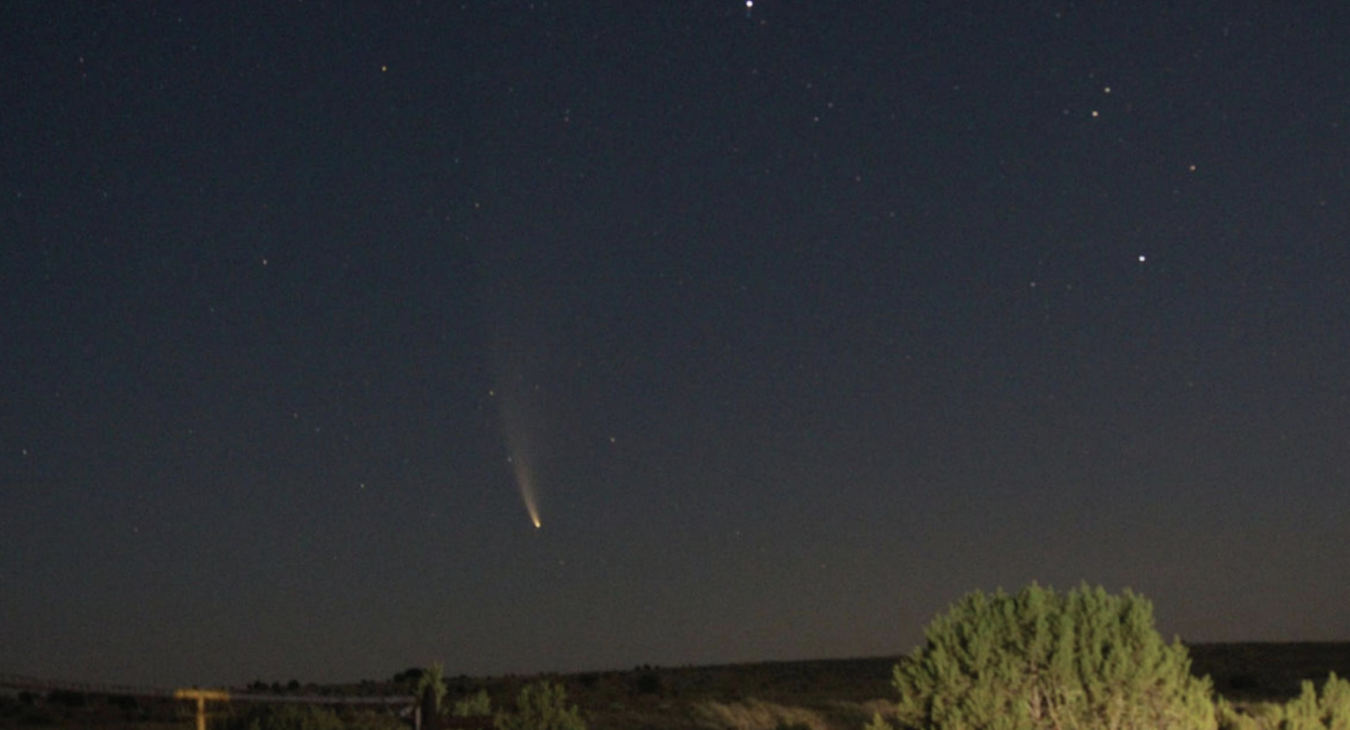Venus, Comet Light October Skies
By Alan Hale
For the past few months, our sister planet, Venus, has been engaged in a slow climb into our evening sky. But, for most of that time, it has been buried fairly deep in twilight.
During October, Venus sets around the end of dusk and accelerates its climb into our western sky. Throughout the next few months, Venus gleams brilliantly in the west for several hours after sunset every night.
Most of our other bright planets are also visible in our evening skies this month. Saturn, which was at opposition—directly opposite the sun in the sky—in early September, is high as darkness falls in our nighttime sky and sets during the mid-morning hours. Jupiter rises during the early evening and is highest in the sky around the same time that Saturn sets. Mars, meanwhile, gradually grows brighter as it approaches Earth and rises before midnight. By month’s end, it is highest shortly after the beginning of dawn.
Many readers may remember the annular, or ring, solar eclipse that crossed New Mexico a year ago. A similar eclipse takes place Wednesday, Oct. 2, but unfortunately we miss out on this one, as the path of annularity crosses the southern Pacific Ocean and the most southern parts of South America. New Mexico will not see another solar eclipse until late January 2028, when we will have a small partial eclipse at sunrise.
The top sky event in October may be a bright comet. This particular comet was discovered in early 2023 independently by the Tsuchinshan (“Purple Mountain”) Observatory in China and by the ATLAS survey program based in Hawaii, although the specific telescope that made the discovery is located in South Africa.
After being closest to the sun late in September, the comet passes almost directly between Earth and the sun in early October. A few days later, it passes closest to Earth before beginning a rapid climb into our evening sky around mid-month.
While predictions about any comet’s brightness are always somewhat problematic, Comet Tsuchinshan-ATLAS possesses the potential to become a rather bright and prominent object. Unfortunately, the moon—which is full Oct. 17—will detract from the show for a few days.

